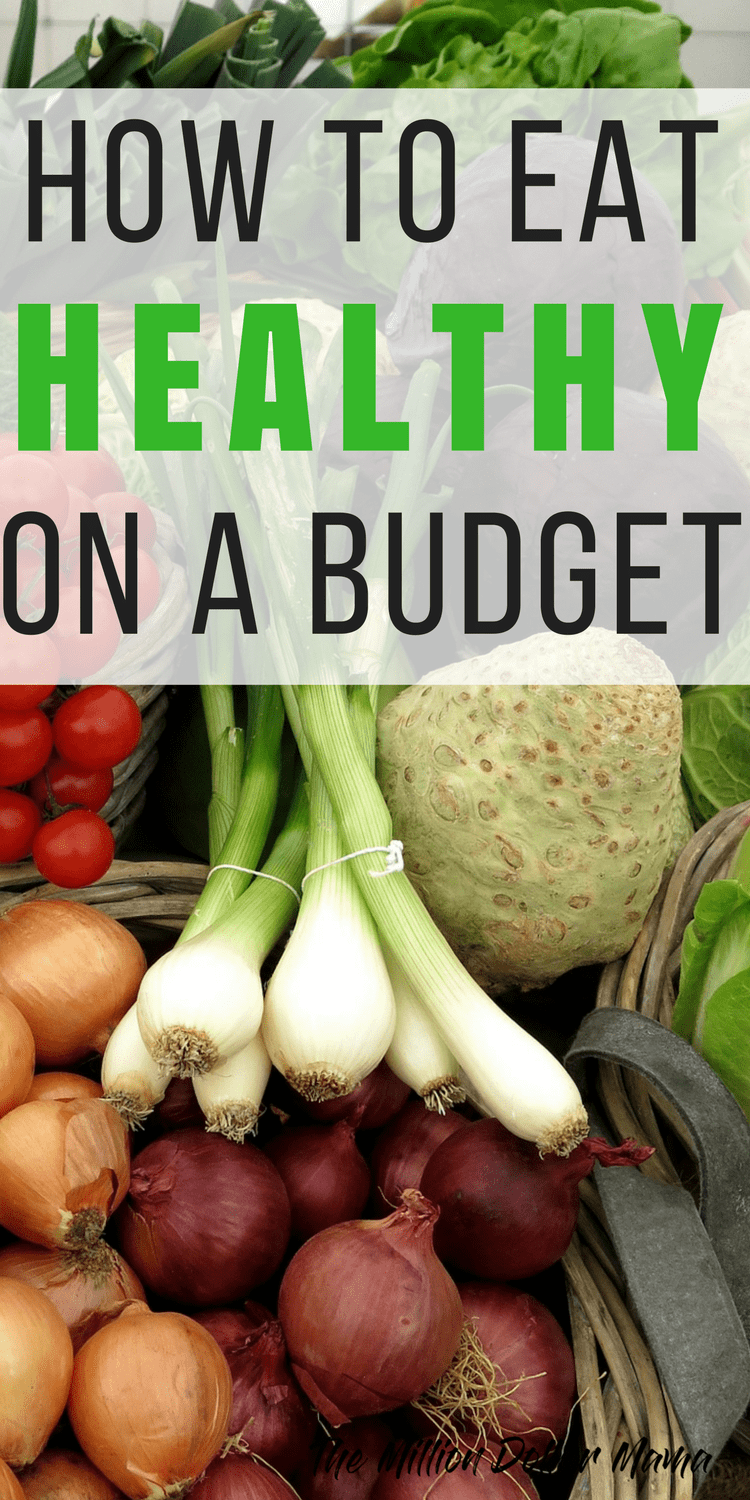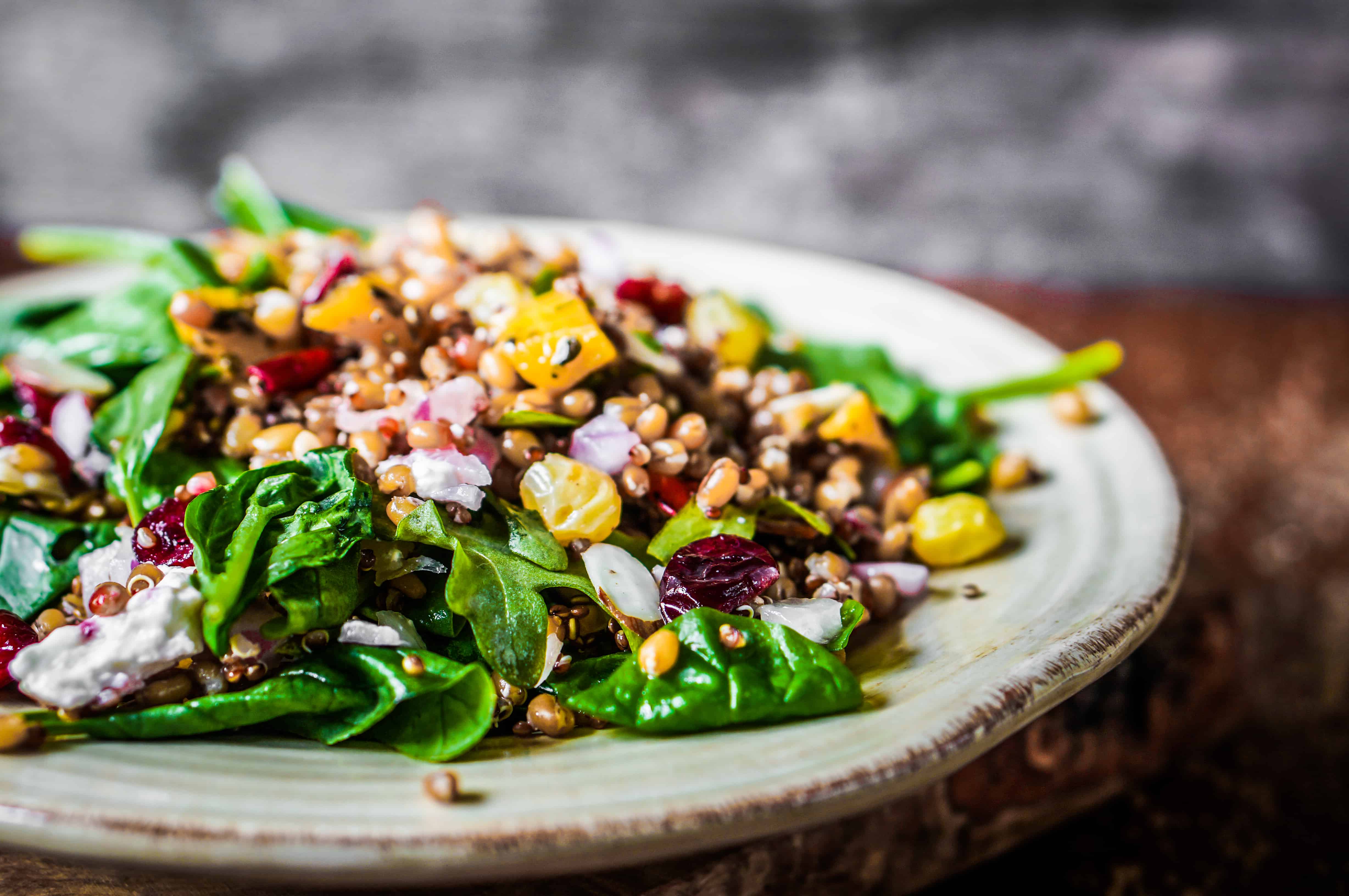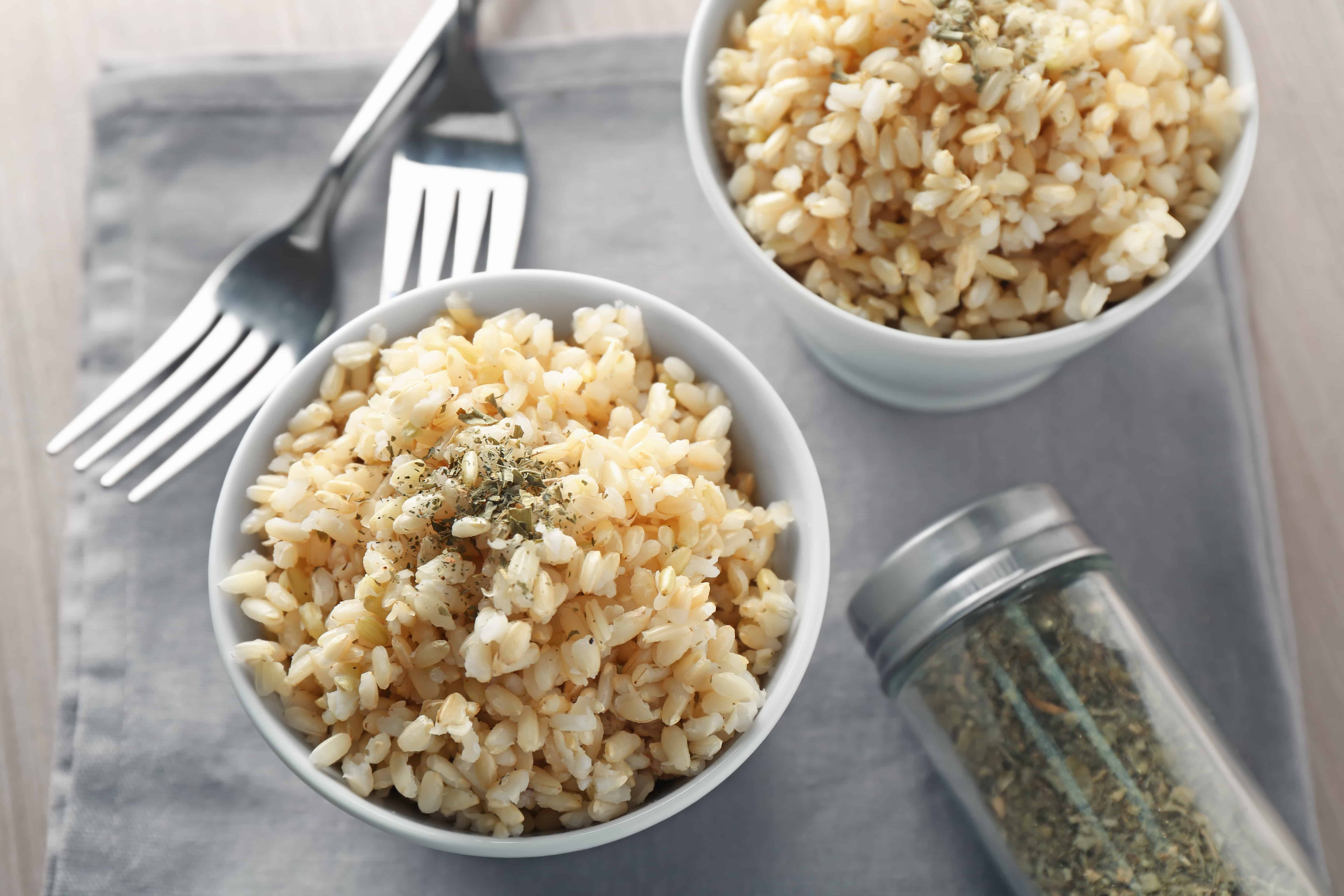When you’re on a tight budget, it may seem difficult to eat a healthy, balanced, nutritious diet. And unfortunately, prepackaged junk food often is cheaper than fresh, organic fruits and vegetables.
But the good news is, while it may take a little more preparation and creativity, eating healthy on a tight budget is definitely possible.

Your body with thank you for it with increased vitality, better sleep, a healthier weight, lower risk of disease, and a multitude of other health benefits.
Here are 7 ways you can eat healthy on a tight budget.
7 Ways to Eat Healthy on a Tight Budget
Plan Your Meals
Probably the most important way to eat healthy on a tight budget is to plan your meals in advance. Yes, this might take a bit of time, but it’s crucial, because it greatly decreases the likelihood of make a quick pitstop at the drive-through because you don’t have anything prepared for dinner.
If you find it difficult to come up with a variety of healthy, budget-friendly meals to cook or you just don’t have the time to sit down and plan out your meals, then I suggest joining $5 meal plan.
$5 Meal Plan is great, because every month they will send you a full meal plan of healthy, nutritious dishes, with the majority of them costing on a couple of dollars per serving.
You can sign up for a free 14-day trial here.
Skip the Packaged Stuff
While some packaged foods may seem cheaper initially, in the long run they’re not. Packaged foods are generally full of hydrogenated fats, artificial colors and preservatives, and other nasty ingredients, which can have devastating (and very costly!) effects on your long-term health.
Additionally, the actual cost of many packaged items are actually higher, if you look at the price per ounce.
An example of this is rice. A bag of microwave rice may be $1.50, compared to a large bag of regular rice which may be $4. While $1.50 is less money than $4, there is only one serving in the bag of rice compared to probably around 20 servings in the large bag.
Furthermore, items like prepackaged salads, while requiring less prep work, are substantially more expensive than buying a head of lettuce, some carrots, a zucchini and a tomato and preparing the salad yourself.
More Grains and Beans, Less Meat
Meat is often the most expensive part of a meal, so having a few meat free days a week can help to save a substantial amount of money.
In addition to be incredibly nutritious, beans and grains can be purchased inexpensively, and used in place of meat in a variety of dishes. One of my favorite meat free dishes is this Sweet Potato Chili from Milk Free Mom. It’s hearty, nutritious, and loaded with flavor.
Buy in Season
You can avoid paying exorbitant costs for your fresh produce by buying fruits and vegetables that are currently in season. Not only will this save money, fruits and vegetables that are currently in season are more flavorful (have you ever tasted a store-bought strawberry in winter? It tastes like nothing.)
Also, consider stocking up on your favorite fruits and vegetables while they’re cheap and freezing them for later use.
Use Ibotta
There are a number of grocery store cash back apps, but Ibotta is by far the best, especially for saving money on healthy food.
Unlike many other cash back apps which are brand specific and never include fresh produce, Ibotta regularly offers rebates for “any brand of…” and fresh produce.
Just recently, I received cash back for purchasing “any brand of cereal” which allows you to take advantage of the cheaper store brands while also receiving cash back. Additionally, I received cash back for purchasing bananas and bell peppers.
You can join Ibotta for free here and you’ll receive a bonus $10 when you redeem your first rebate.
Invest in a Slow Cooker
If you’re on a time crunch (and likely to make expensive, last minute restaurant purchases) then investing in a slow cooker is a good idea. I use my slow cooker at least a few times a week. I just quickly wash and prep some veggies, rinse some chicken breasts, and then throw them in the slow cooker on low. At the end of the day, I have a delicious, healthy meal waiting for me (and the house smells delicious, too.)
Slow cookers can also be a great way to take advantage of cheaper cuts of meat. Because slow cookers cook slowly, at low temperatures, this helps to tenderize cheap cuts of meat which are usually quite tough.
I have this Crockpot – it only costs about $30 and it’s survived two cross-country moves and 6 years of weekly use, so I highly recommend it!
Prepare Your Snacks
Mindless snacking can make a huge impact on both your waistline and your checking account. It’s all too easy $5 here and there on a candy bar and an energy drink. And while it may seem like a small purchase at the time, all of these small purchases add up.
To avoid making impulse purchases like this, spend some time during the weekend preparing healthy snacks for the week ahead.
It may seem daunting trying to eat healthy on a budget, but it’s not impossible. With dedication and a little forward planning, you can enjoy healthy, nutritious meals without breaking the budget.
Hi I’m Ana. I’m all about trying to live the best life you can. This blog is all about working to become physically healthy, mentally healthy and financially free! There lots of DIY tips, personal finance tips and just general tips on how to live the best life.




Leave a Reply